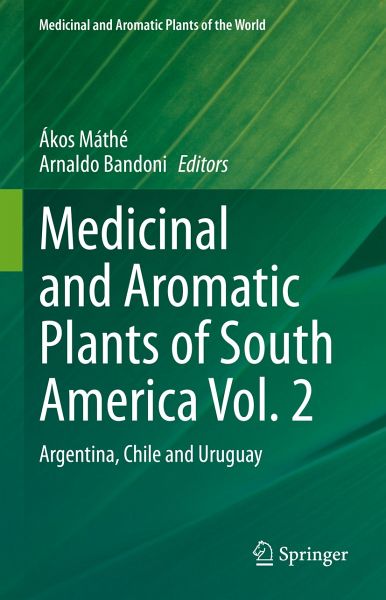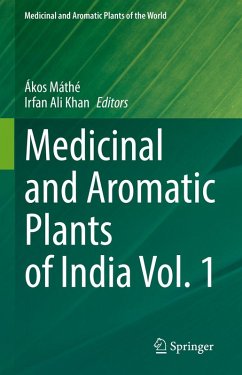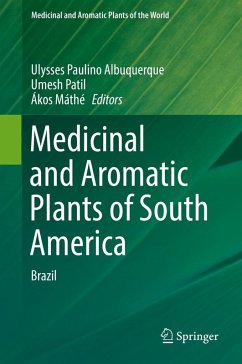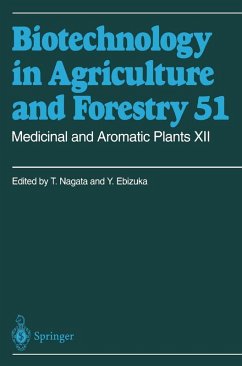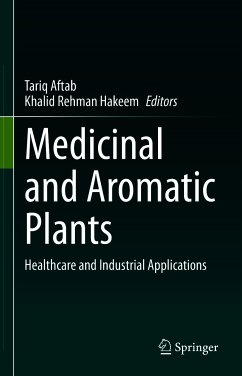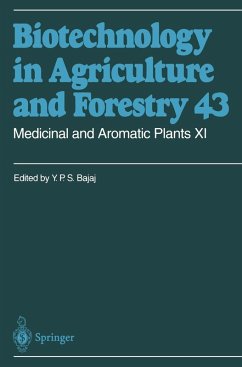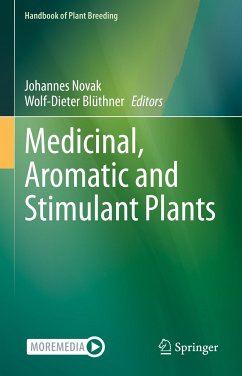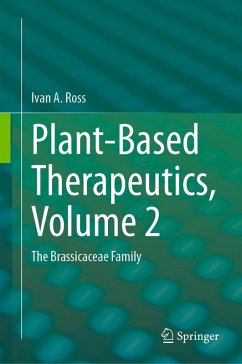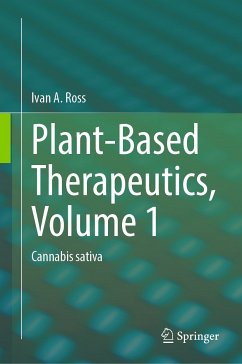Habil. Dr., Prof.Dr. MÁTHÉ, Ákos has 40 years' background of teaching and research in plant ecophysiology, agricultural botany. He is Professor Emeritus at the FAFS, Széchenyi István University, Mosonmagyaróvár. Two times Fulbright Scholar (1986 and 1995), visiting professor at University of Veterinary Medicine, Vienna (1995-1997). Teaching/Research/Consulting and Publications in ecophysiology, plant domestication/introduction, production of MAPs, new crops, new uses of plants, including feed-additives. Served as president of ICMAP (2014 - 2019) and Chairman of ISHS Section MAPs (2006-2014). Collaborated in international projects: FEED SEG, CEEPUS, ERASMUS+, HERBAID, GOOD HERBS, Herbs4Youth, EOHUB, etc. Authored some 100 publications, former editor of Herba Hungarica, Acta Agronomica Hungarica. Convener/speaker at international scientific congresses, conferences. Network co-ordinator of ESCORENA MAP. Prof.Dr. BANDONI, Arnaldo Luis. is a Consultant Professor of Pharmacognosy (Faculty of Pharmacy and Biochemistry, University of Buenos Aires). In charge of R&D in Vasana S.A. Member of the Permanent Committee of the Argentine Pharmacopoeia. Emeritus Member of the National Academy of Pharmacy and Biochemistry, Argentina. Foreign Corresponding Member of the Academy of Pharmaceutical Sciences, Chile. Foreign Correspondent Member of the Royal Academy of Pharmacy of Catalonia (Spain). Lecturer of postgraduate courses in the country and Iberoamerica. Fifty years' experience as director or participant in several research projects on aromatic and medicinal plants. Director or co-author of eleven books and collaborator on 120 articles on his specialty.
